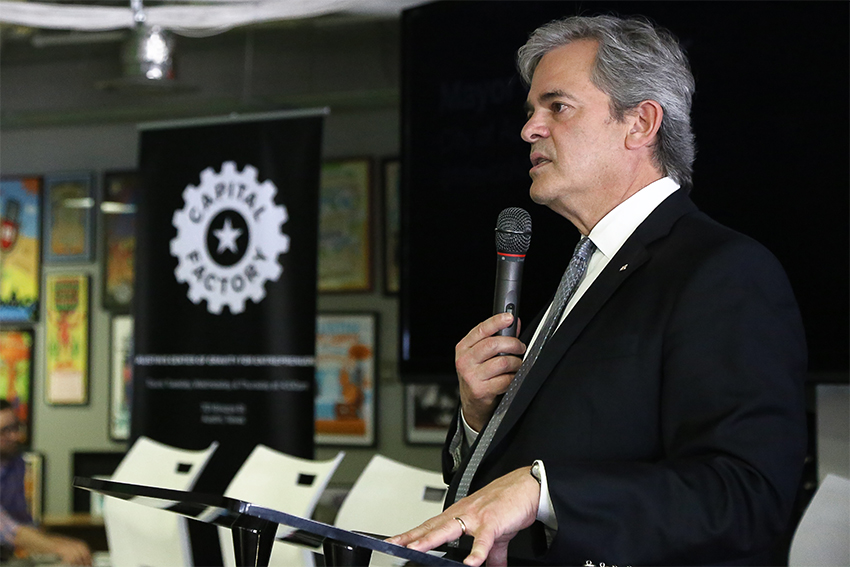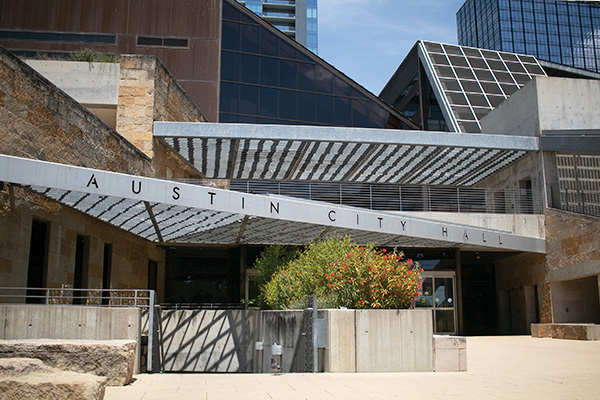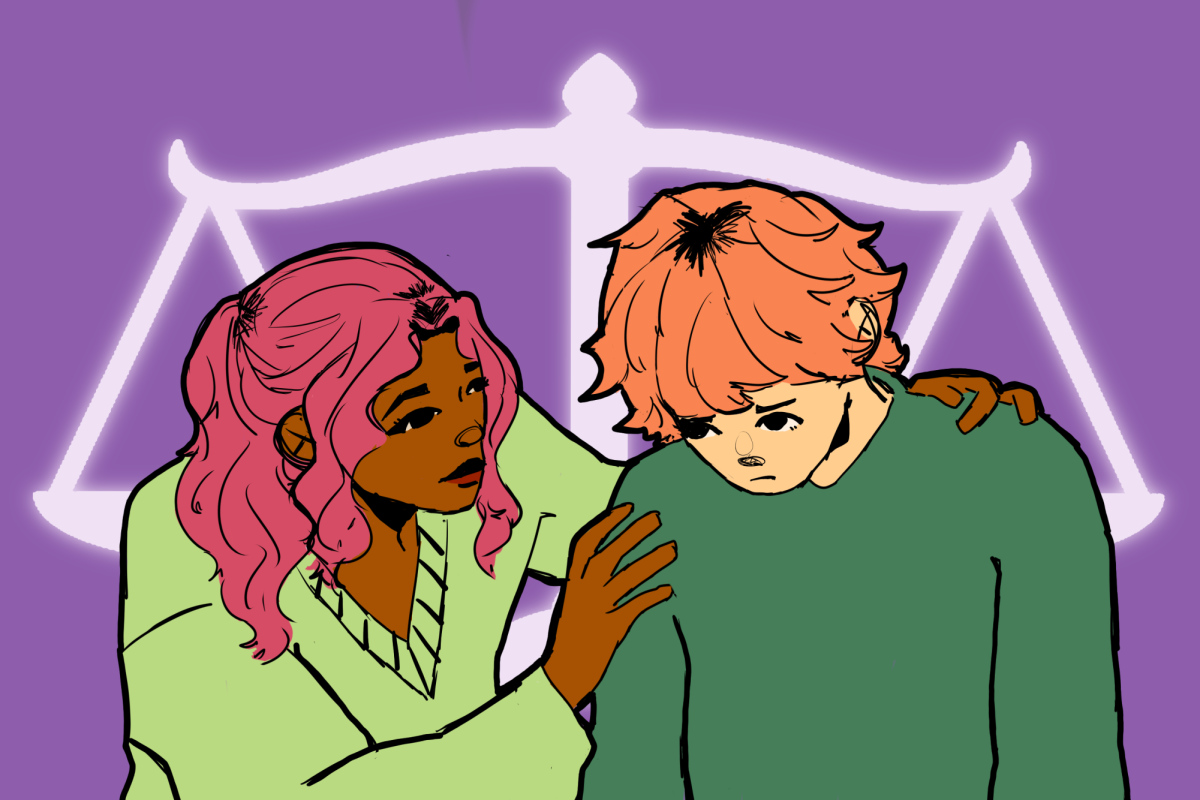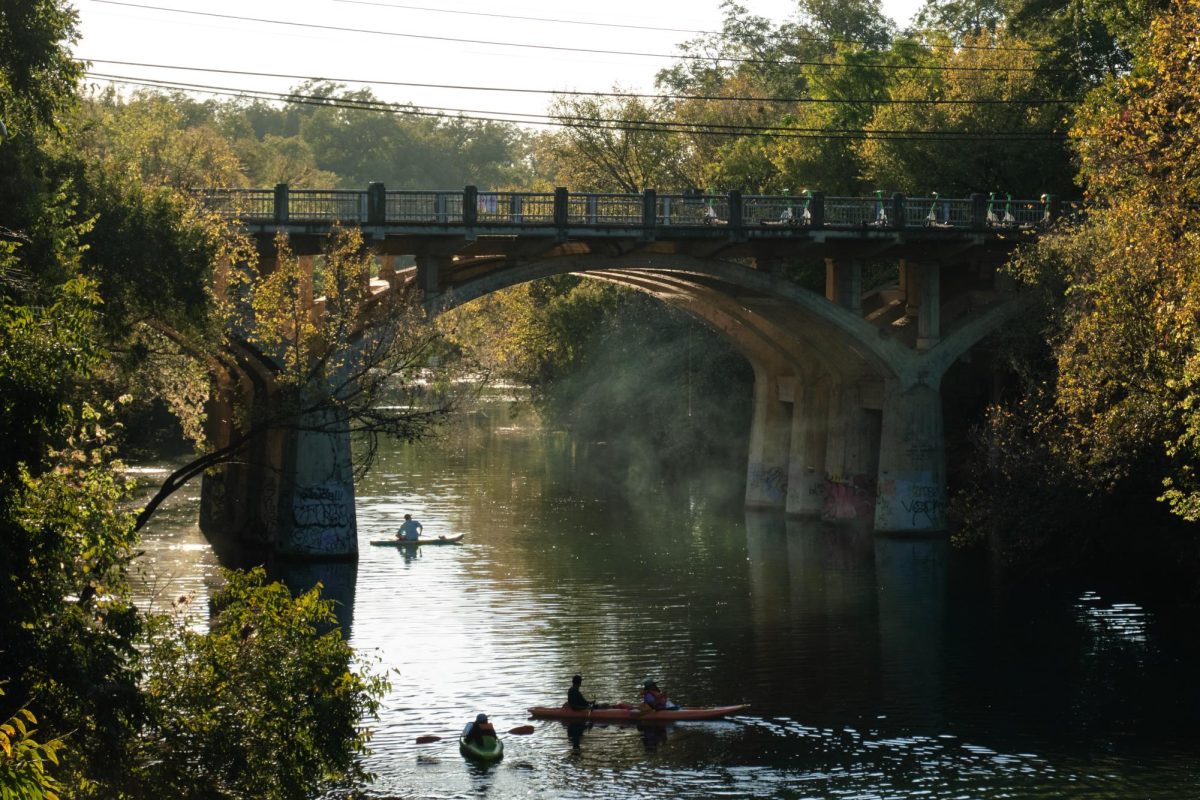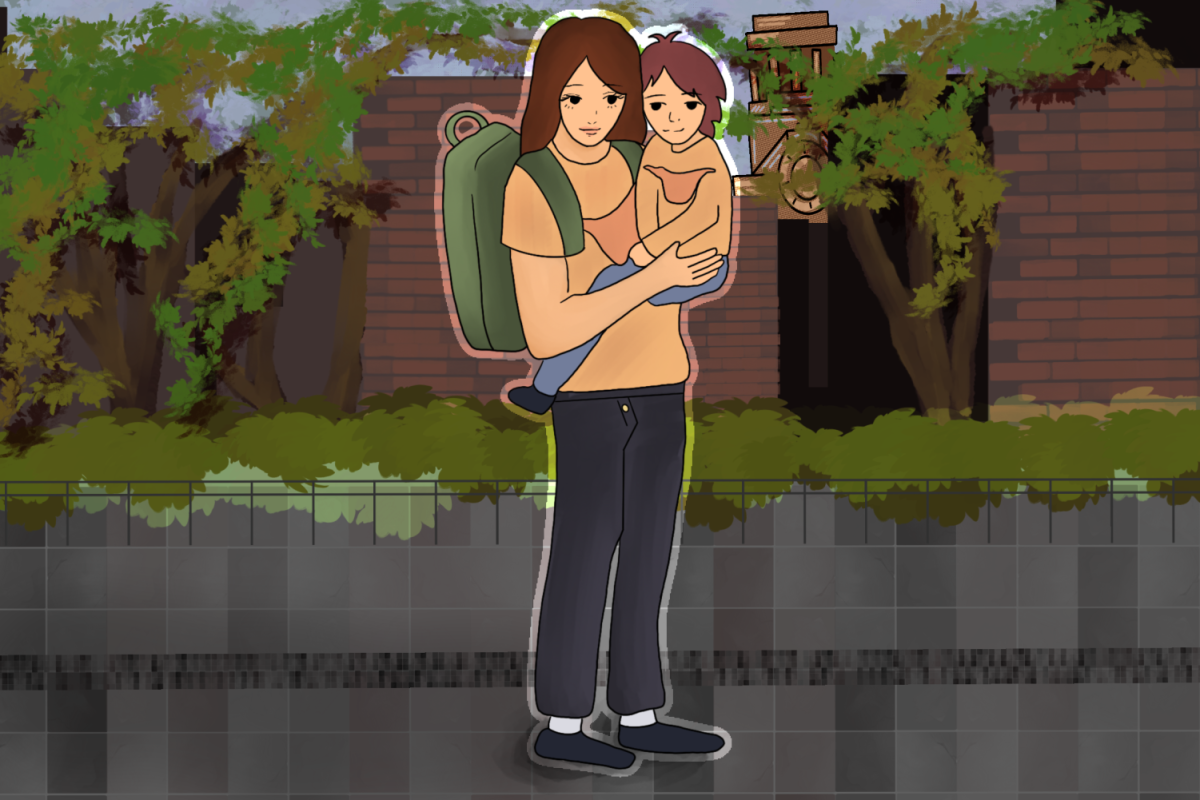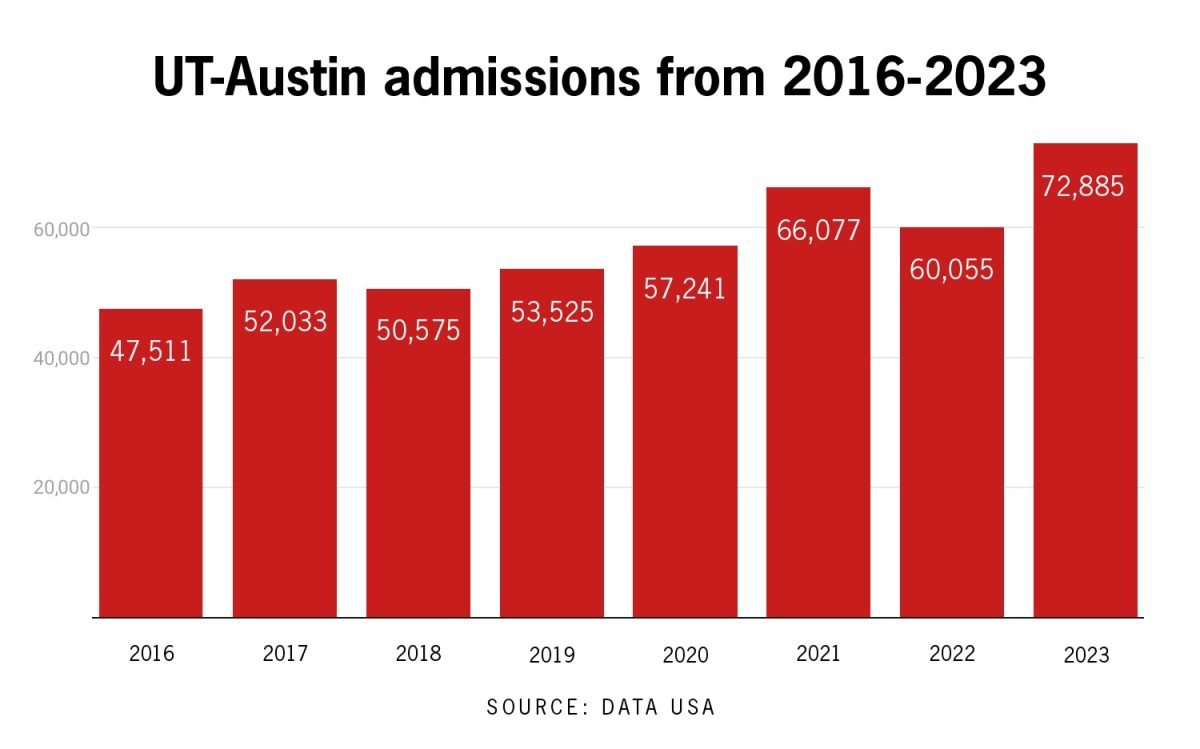To push forward CodeNEXT, a plan to simplify land development regulations, Austin Mayor Steve Adler met with members of the local tech community Wednesday evening to ask for help.
The event, hosted by Austin Tech Alliance, invited a panel of community leaders to discuss the city’s plan for replacing the Land Development Code, which controls what, where and how much can be built throughout the city.
John-Michael Cortez, special assistant to the mayor, said CodeNEXT will make student housing easier to develop by removing many of the severe constraints placed on new developments.
In West Campus and Riverside, almost every time a new apartment complex was built, the city had to write whole new land development codes for select areas to make the developments legal, Cortez said.
“Our current code doesn’t give us the tools that we need to achieve the outcomes we would like to see in our community,” Cortez said.
Cortez said the new code will allow for easy redevelopment of the city, ensuring it can keep up with the growth of both the city center and suburbs.
Niran Babalola from the urban advocacy group AURA, formerly known as Austinites for Urban Rail Action, said UT students have a special ability to influence where affordable housing can go. Over time, as students needed more affordable housing near campus, the city rewrote the land development codes for sections of neighborhoods such as West Campus and Riverside to allow for this, Babalola said.
Babalola said this can easily be seen by examining the UT shuttle map. Most of the shuttle paths go to clusters of apartment buildings — areas with the densest populations — that don’t normally appear around the city.
“Those are places where we created affordability with our laws that we don’t allow in other places,” Babalola said.
Adler painted a stark portrayal of Austin’s future without CodeNEXT. He said Austin could easily become a city like Boston and San Francisco with home prices rocketing past half a million dollars.
Despite this, Adler said he believes the city has the potential to be a home for everyone where gentrification doesn’t push out long-time residents.
“We have to figure out how in this vision of a city to do that,” Adler said. “I hope this city finds its better self and recognizes that we’re all in this together.”

